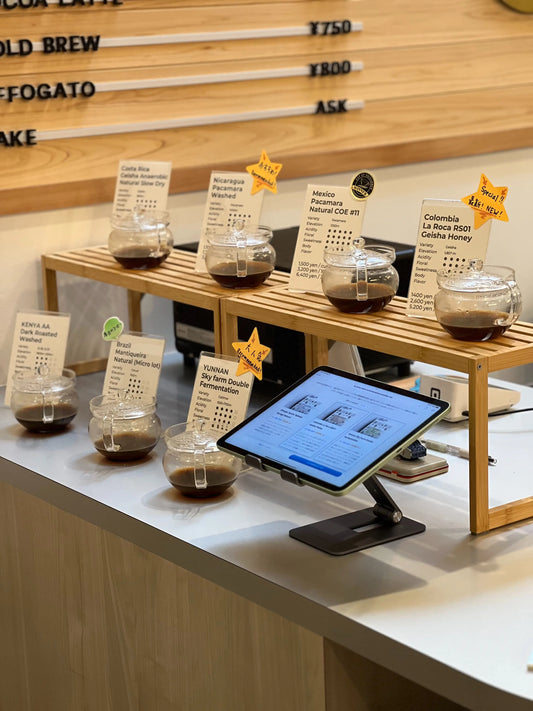Many of us begin our day with a hot cup of coffee, enjoying its rich aroma and taste. However, have you ever wondered about the journey that your coffee beans go through before they reach your cup? The life cycle of a coffee bean is an amazing voyage, from the tropical farms where they grow, to the local roastery where they’re transformed into the beans we recognize and love. Let’s delve into this journey, exploring each stage in detail.
1. Cultivation
The story of every coffee bean starts with its cultivation. The coffee tree, Coffea, is a tropical evergreen shrub that thrives in high-altitude regions across the globe, primarily within the equatorial belt. The two main species are Arabica and Robusta, each with their distinct taste profiles.
Coffee trees take about three to four years to mature and start producing fruit, known as coffee cherries. Each cherry typically contains two seeds — what we eventually know as coffee beans. However, it’s not as simple as just planting a tree and waiting. Farmers must continuously care for their crops, which involves pruning, fertilizing, and protecting the trees from pests and diseases.
2. Harvesting
Harvesting is one of the most labor-intensive parts of coffee production. In most regions, coffee cherries do not ripen uniformly. This means that selective hand-picking is often necessary to ensure only ripe cherries are collected, which can be a meticulous and demanding process.
There are two main methods of harvesting coffee — strip picking, where all cherries are stripped off the branch, and selective picking, where only the ripe cherries are hand-picked. The latter, although time-consuming, ensures a higher quality yield and is the method preferred for specialty-grade coffee like ours.
3. Processing
Post-harvest, the coffee cherries need to be processed quickly to prevent spoilage. The goal is to extract the beans from the cherries. There are two common methods: dry and wet.
The dry method is the oldest way of processing coffee, where the harvested cherries are spread out to dry under the sun. Once the moisture level drops to the desired level, the dried fruit is mechanically hulled to separate the bean.
The wet method involves removing the pulp from the cherry soon after harvesting, then fermenting the remaining fruit in water-filled tanks. The fermentation helps to dissolve the remaining pulp, after which the beans are washed and dried.
4. Milling and Grading
The dried beans, now called green coffee, are hulled to remove the last layers of dry skin and remaining fruit material. The beans are then sorted and graded based on size and weight. Any beans with defects (like those damaged by pests) are removed.
5. Exporting
The milled beans, now referred to as ‘green coffee,’ are loaded into jute or sisal bags and then packed into shipping containers for export. It’s during this stage that we, as a roastery, step in. We source our beans directly from farms and cooperatives to ensure the quality and traceability of our beans.
6. Roasting
Roasting is where the magic happens. This is when the green coffee beans are transformed into the brown beans that we grind and brew. It’s a delicate process, and the roasting profile significantly impacts the final taste of the coffee.
At our roastery in Tokyo, we roast our beans to perfection, unlocking their potential with a carefully controlled process that determines the beans’ color, size, and flavor profile. Our skilled roasters continuously monitor the beans, making minute adjustments to temperature and roasting time to highlight the unique qualities of each batch.
7. Grinding and Brewing
Finally, the roasted coffee beans make their way to you. To brew coffee, the beans must be ground to a consistency that matches your brewing method. The grind size can significantly impact the extraction process and therefore the taste of the coffee.
And there you have it — from a coffee cherry on a tree somewhere in the tropics, through a meticulous journey across the world, and a careful roasting process, the coffee beans finally find their way to your cup.

The journey of a coffee bean is a testament to the hard work and dedication of people across the globe, working in unison to bring your favorite beverage to life. So, next time you sip your morning cup of joe, remember the long and fascinating journey that coffee has taken to reach you. And if you’re in Tokyo and want to experience this journey first-hand, we invite you to visit our roastery and see the transformation for yourself.





